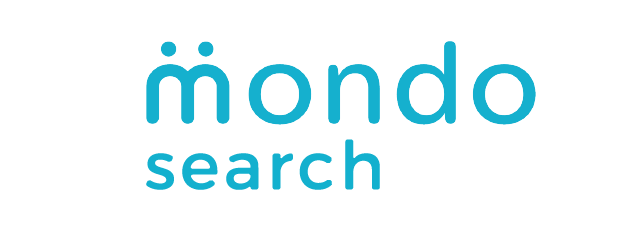The cost of losing a good employee is a minimum of $23K and almost one years salary, if you hire and get it wrong. A study by AHRI* of more than 1,500 human resources professionals has revealed the cost to hire an employee has more than doubled over the last 12 months. The loss of IP, customer relationships, team morale, productivity, stakeholder engagement and time to reappoint and induct is enormous. The current creeping inflation, talent shortages as companies are also accelerating growth plans, post pandemic. Now more than ever it is critical to find ways to engage your employees.
Workplace motivators appear in many forms and ironically we like to use the acronym FORM to categorise workplace motivators:
F = Flexibility. Allowing staff to have flexibility outside of work commitments such as family, health, personal finance, cultural and or religious engagements is helpful. If an employee feels supported with time for outside activities, the employee will be more focused and committed when working on the job and will go the extra mile, with after hours meetings, when required.
O = Occupation is everything – think of career challenge tools to support the employee: mentors, career path opportunities, further career studies. Allow employees to feel supported, heard and mentally stimulated.
R = Respect. Build trust and engagement by listening, to ignite employee creativity, show appreciation, encourage input and don’t micromanage. Focus on facts and results, rather than the process. Publicly recognise employees on their achievements, celebrating birthdays; providing positive reinforcement.
M = Money is important, but not the only factor to engagement. Nowadays we are finding the first question about a role is “where are they located and are there working from home options? Remuneration is still important. People need to feel their time is rewarded accordingly. Your capacity to pay will depend upon your business cash-flow. Be creative with performance incentives, bonuses and rewards to motivate and attract talent.
When thinking about making jobs sticky, think about making good FORM in the job. Track employee productivity and identify who stands out, then invest in those employees by providing these aspects. Providing good FORM!
Employees want to know that you’re listening to their feedback. Use engagement tools such as TINYpulse, Culture Amp and Officevibe to survey how workers are performing and generally feeling. Then respond to your employee feedback in a timely fashion.

